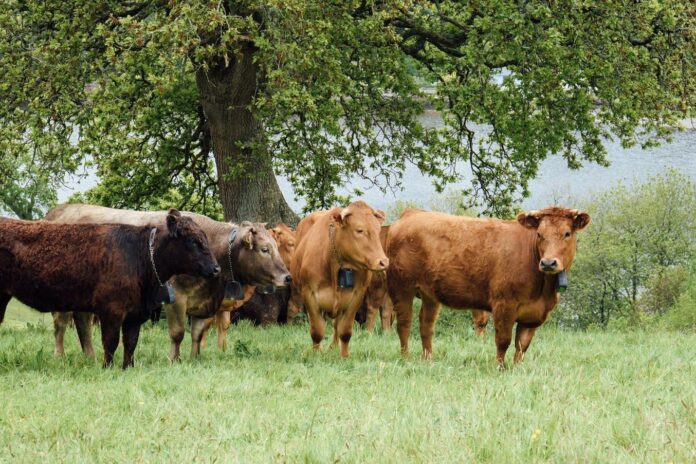Teagasc has released a one-page document with twelve measures for beef farmers to take to reduce gaseous emissions on their farms, as part of its Signpost Programme.
Galvin One of its B&T Drystock Advisers in the Galway/Clare region, John Galvin, has said that many of the suggested emission reduction technologies/actions are “well known” and “nothing new to farmers”.
He stated that they will all “yield a benefit to a farmer’s bottom line” and “buy Irish farmers time”.
He also pointed to research in relation to methane-inhibiting feed additives and breeding low methane-producing animals with no loss in productivity.
Galvin said that his “mandate is to give advice, not opinion, and all beef farmers can do is adopt and review the 12 steps within the farm gate”.
“Right now, the biggest threat to a cow is another cow,” he quoted.
“If we do nothing, then the spotlight most certainly will be on agriculture and a mandatory cull in the national herd, which both politically and at farmer level is not for discussion currently, but will most definitely be on the cards,” he added.
Teagasc’s 12 measures to tackle gaseous emissions
- Use protected urea – Apply protected urea instead of CAN/straight urea;
- Apply lime – Identify fields low in pH using soil analysis and apply lime to correct a deficiency;
- Build or maintain soil fertility – Continue to use P & K fertilisers such as 18:6:12;
- Use 100% LESS – Apply slurry in spring/early summer using LESS – Low Emission Slurry Spreading Technology;
- Reduce chemical N by 10kg/ha – Apply lime, incorporate clover and make the best use of slurry/FYM;
- Better grassland management – Install paddock infrastructure, walk your farm weekly and extend the grazing season;
- Improve animal health – Create a herd health plan, including an annual vaccine plan, in consultation with your vet;
- Improve suckler herd quality – Select 4 and 5-star beef sires on replacement/terminal indices;
- Increase calf output/cow – Improve calving rate by keeping records, creating a breeding season plan and culling poor/empty cows;
- Reduce age at first calving – Calve heifers at 22-26 months and aim for a 20% replacement rate;
- Reduce age at slaughter by one month – Aim for a combination of improved beef genetics, better grassland management and better health management;
- Incorporate clover – Include clover in all reseeding mixtures (5kg/ha or 2kg/acre) and consider oversowing clover in suitable fields.
Other articles on That’s Farming:





